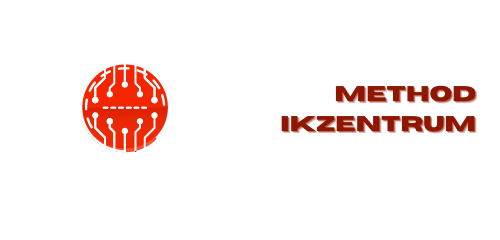Biochemistry is one of the most fascinating and complex sciences there is. It deals with the chemical reactions within living cells, and it’s responsible for everything from our body’s metabolism to our thinking.
In this article, we will introduce you to biochemistry by exploring the basics of molecular structure. By the end of this article, you will have a solid understanding of what biochemistry is and how it relates to molecular structure.
What Is Biochemistry?
Biochemistry is a branch of chemistry that deals with biomolecules’ structure, function, and behavior, including proteins, DNA, and carbohydrates. Biochemists use biochemical techniques to study how these molecules interact and process information.
Biochemistry is divided into four branches: organic chemistry, biochemistry of proteins and peptides, biochemistry of lipids and fats, and biochemistry of nucleic acids. Each branch has its own set of techniques and research topics.
- Organic chemistry studies carbon-based molecules that oxygen atoms or other elements have modified. This includes molecules like alcohol and carboxylic acids.
- Protein biochemistry focuses on the structure, function, regulation, interactions, trafficking, metabolism, and genetics of proteins. This area is significant in understanding diseases like Alzheimer’s disease and cancer.
- Lipid biochemistry studies fats and fatty acid chains in membranes and triglycerides inside cells. This area is essential in understanding diseases like heart disease and diabetes.
- Nucleic acid biochemistry focuses on the structure, function, regulation, interactions, trafficking, metabolism, replication mechanisms (the ways DNA copies itself), immunity (how our immune systems work), developmental biology (how genes are expressed during development), plant biology (how plants respond to environmental stimuli), Archeology (study ancient biological material for clues about life’s origins).
What Are Enzymes?
Enzymes are proteins that catalyze chemical reactions in the body. They are essential for everything from digesting food to manufacturing hormones. Enzymes consist of a protein core and a surrounding shell or membrane. The protein core is responsible for enzymatic activity, while the shell provides structural support and helps prevent enzyme degradation.
Enzyme activity can be inhibited by many different substances, including inhibitors called competitors. Competing enzymes will bind to the inhibitor, preventing it from interfering with the desired reaction. In some cases, inhibitors can also modulate enzyme activity by affecting its shape or structure.
The molecular structure of an enzyme can be quite complex, consisting of several hundred amino acids arranged in a specific fashion. This complex structure is responsible for enzymatic activity, which involves breaking down large molecules into smaller fragments. Enzymes use this process to control all sorts of biochemical reactions in the body.
What Is Cellular Respiration and Photosynthesis?
Cellular respiration is the process by which energy from food is used to produce cellular oxygen and ATP. The three steps in cellular respiration are glycolysis, the Krebs cycle, and the electron transport chain. Glycolysis begins with the breakdown of glucose into two molecules of pyruvate. The pyruvate dehydrogenase enzyme then converts pyruvate into acetyl-CoA, which enters the Krebs cycle. In the Krebs cycle, acetyl-CoA is converted into oxaloacetate and lactate. Lactate then enters the electron transport chain, where it is split into two molecules of electrons and hydroxyl ions. These electrons are transported through proteins in the chain to create ATP. Cellular respiration requires many different proteins to work together correctly and is critical for living organisms.
On the other hand, photosynthesis is the process by which light energy is used to produce organic molecules from simple inorganic molecules. The light energy, in the form of photons, stimulates the electrons in an atom to eject from the nucleus, giving up their electrons. These newly-emitted electrons travel around the molecule and attach to other atoms, forming new bonds. This process is what creates organic molecules from simple inorganic ones.
Genetics
Genetics studies how genes control the formation and function of proteins. Proteins are the building blocks of our bodies, and they play a role in everything from digestion to movement. DNA (deoxyribonucleic acid) is the genetic material in cells, and it contains the instructions for making proteins. To make a protein, the DNA must be put into mRNA (molecular RNA), which can then be translated into protein. There are several different ways that this process can go wrong, which is why genetics is important for understanding human disease.
We hope that this article on biochemistry has given you a basic understanding of molecular structure. When we study chemistry, we are usually dealing with molecules. Molecules are collections of atoms that have been organized into structures that allow them to interact with one another. In biochemistry, the main topic we focus on is the arrangement and interaction of molecules within cells. Understanding how these molecules work can significantly improve our understanding of human health and disease. Thank you for reading!


